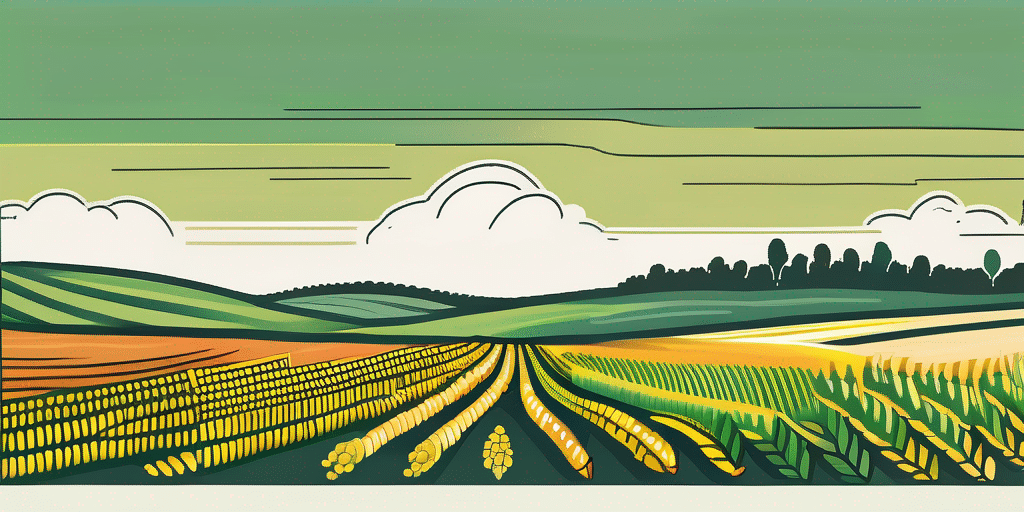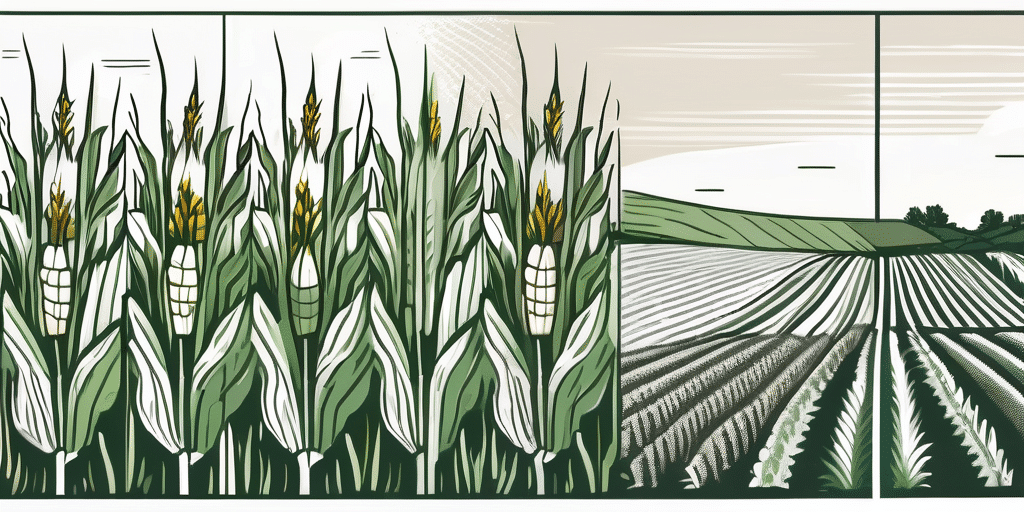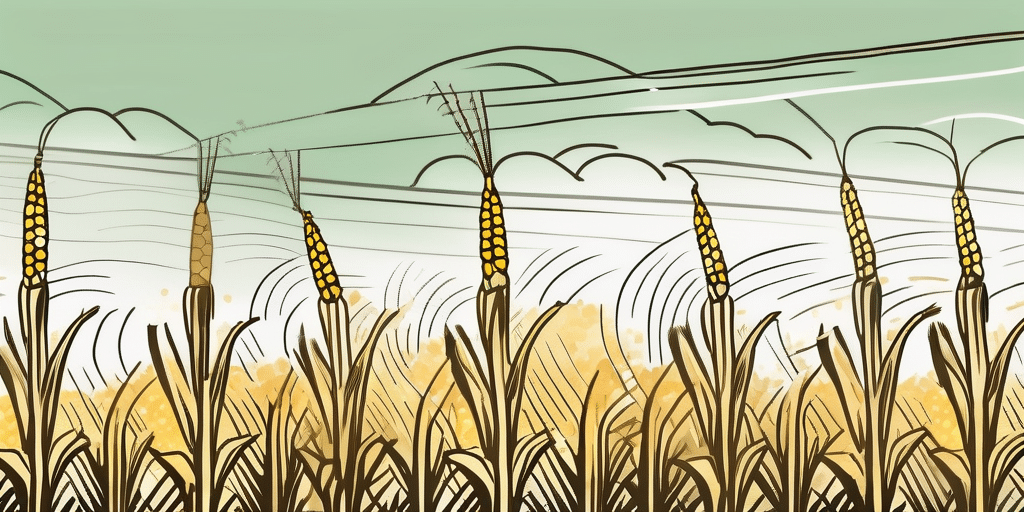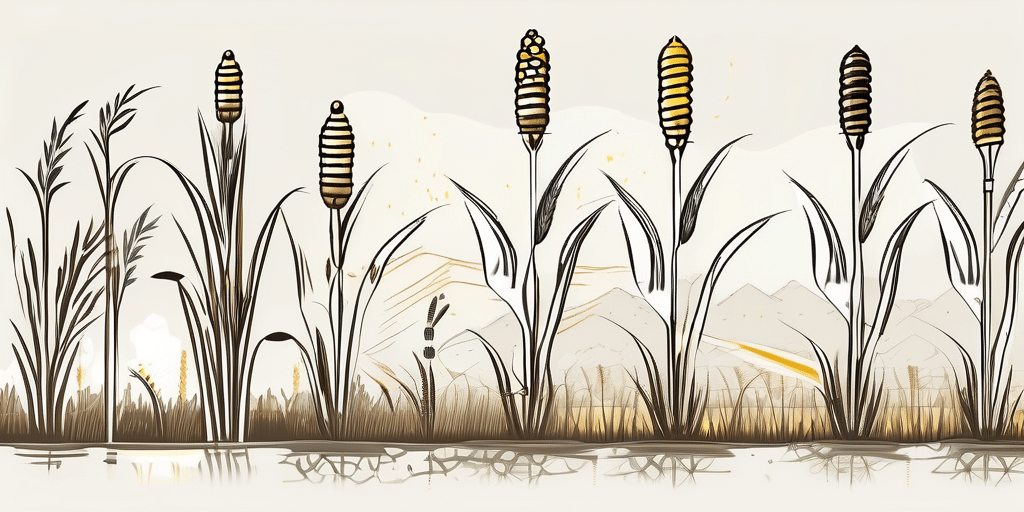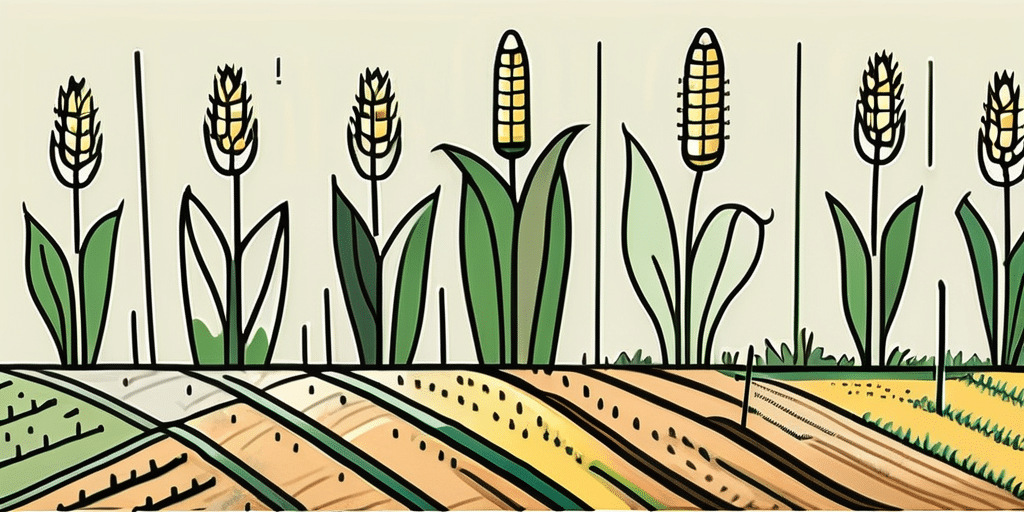If you’re a corn lover in Florida, you might be wondering how to grow Serendipity corn. This article will guide you through the process, from when to plant the seeds to how to care for your corn plants. So let’s dive in and explore the world of Serendipity corn!
Climate & Hardiness Zones in Florida
Before you start growing Serendipity corn, it’s important to understand the climate and hardiness zones in Florida. The state has a diverse range of climates, from subtropical to tropical. The USDA hardiness zones in Florida range from 8a to 11, depending on the region. It’s crucial to know your specific hardiness zone to ensure successful corn growth.
Florida’s climate is greatly influenced by its proximity to the Gulf of Mexico and the Atlantic Ocean. This results in high humidity levels and frequent afternoon thunderstorms, especially during the summer months. These weather patterns can impact the growth of crops like corn, making it essential for farmers to monitor moisture levels and provide adequate drainage to prevent waterlogging.
In addition to its climate variations, Florida’s diverse geography also plays a role in determining suitable planting times for crops. The northern regions of the state experience cooler temperatures during the winter months, while the southern regions enjoy milder conditions year-round. This geographic diversity means that farmers in Florida need to carefully select crop varieties that are well-suited to their specific location within the state.
When to Plant Serendipity Corn in Florida
Choosing the right time to plant Serendipity corn is essential for optimal growth. In Florida, it’s best to plant corn in the spring, once the soil has warmed up and the risk of frost has passed. Depending on your location, planting can begin as early as February or March. However, keep in mind that corn prefers warm soil temperatures around 50 to 86°F.
To determine the ideal planting time, you can refer to the USDA’s planting zone map specific to Florida. This map provides valuable information about the average last frost date and recommended planting periods based on historical data.
Florida’s diverse climate offers unique opportunities for growing Serendipity corn. The state’s varying regions, from the humid subtropical climate in the north to the tropical climate in the south, provide different planting windows for corn cultivation. In the northern parts of Florida, where temperatures can still drop significantly in early spring, it’s crucial to wait until later in the season to plant corn to avoid any potential damage from unexpected cold snaps.
Step-by-Step Guide to Planting Serendipity Corn in Florida:
- Prepare the soil by tilling it to a depth of 6 to 8 inches, removing any rocks or debris.
- Add organic matter, such as compost or well-rotted manure, to improve soil fertility and drainage.
- Sow the corn seeds directly into the prepared soil, spacing them about 12 inches apart in rows that are 2 to 3 feet apart.
- Plant the seeds about 1 to 1.5 inches deep into the soil, covering them gently with loose soil.
- Water the newly planted seeds thoroughly to ensure good soil contact and germination. Keep the soil consistently moist but not saturated throughout the growing season.
- Consider using mulch to help conserve moisture, suppress weed growth, and moderate soil temperature.
Furthermore, Serendipity corn is known for its high sugar content and exceptional flavor, making it a popular choice for home gardeners and farmers alike. The variety’s vibrant kernels and excellent disease resistance make it a reliable option for Florida’s growing conditions. By following these planting guidelines and providing proper care, you can enjoy a bountiful harvest of delicious Serendipity corn in your Florida garden.
When to Harvest or Pick Serendipity Corn in Florida
The excitement of harvesting your Serendipity corn can be truly rewarding. So, when is the right time to pick those juicy ears? The timing of harvesting corn in Florida depends on the variety and the desired sweetness and tenderness of the kernels. Serendipity corn generally takes around 75 to 85 days to reach maturity.
To determine if your corn is ready for harvest, look for the following signs:
- The ears should feel plump and filled out with tightly packed kernels.
- The silk, found at the tip of the ear, should be dry and brown.
- When you gently peel back the husk, the kernels should be plump, fully formed, and exude a milky substance when punctured.
- For the best flavor and sweetness, harvest the corn in the morning when the sugars are at their peak.
It is essential to pay close attention to the details when harvesting Serendipity corn to ensure optimal taste and texture. The ideal time to harvest is when the kernels are at their peak sweetness, providing a delightful burst of flavor with every bite. Additionally, harvesting your corn at the right moment ensures maximum freshness and tenderness, elevating your culinary experience.
When harvesting Serendipity corn, consider the environmental conditions to enhance the quality of your yield. Optimal weather conditions, such as a sunny day with moderate humidity, can contribute to the corn’s sweetness and overall taste. By selecting the perfect timing and environmental factors for harvesting, you can savor the true essence of Serendipity corn.
Tips for Harvesting Serendipity Corn:
- Hold the stalk firmly near the base and pull the ear downward, twisting it slightly to detach it from the plant.
- Avoid excessive handling or squeezing of the ears, as it can damage the kernels.
- Harvest the corn as close to the time of consumption as possible to retain its sweetness and freshness.
Frequently Asked Questions
- Can Serendipity corn be grown in containers?
- What are common pests and diseases that affect Serendipity corn in Florida?
- How do I store harvested Serendipity corn?
Yes, Serendipity corn can be grown in containers. Select a large container, at least 20 inches deep and wide, and ensure it has sufficient drainage holes. Choose a high-quality potting mix and provide regular watering and fertilization to support healthy growth.
Some common pests that may attack Serendipity corn in Florida include corn earworms, armyworms, and fall armyworms. To prevent infestations, consider implementing natural pest control methods such as crop rotation, companion planting, and beneficial insect encouragement. Common corn diseases in Florida include leaf blight and stalk rot. Proper crop rotation, regular plant inspection, and appropriate fungicide applications can help mitigate these diseases.
For best flavor and texture, consume freshly harvested Serendipity corn as soon as possible. However, if you need to store it, refrigeration is the most effective method. Wrap the ears tightly in plastic wrap and keep them in the refrigerator crisper drawer. Try to consume within a few days to retain its delicious taste.
Now that you have all the essential information about growing Serendipity corn in Florida, it’s time to get your hands dirty and enjoy the satisfaction of harvesting your own delicious corn. Happy growing!
Growing Serendipity corn in containers offers a unique opportunity for urban gardeners or those with limited space. Not only does it provide a practical solution for those without access to a large garden, but it also adds a touch of greenery to balconies, patios, and rooftops. Imagine the joy of stepping outside your door and plucking fresh, juicy corn right from your own container garden.
When choosing a container for your Serendipity corn, opt for one that is not only large enough to accommodate the plant’s root system but also aesthetically pleasing. You can find a wide variety of containers in different materials, colors, and designs to suit your personal style. Additionally, consider placing your container in a sunny spot to ensure your corn receives the necessary sunlight for optimal growth.
Join Our Growing Community at How to Grow Everything
Ready to take your gardening skills to the next level? Subscribe for free to How to Grow Everything and learn how to build the garden of your dreams! Whether you’re planting Serendipity corn in Florida or cultivating a different crop, we provide personalized gardening advice tailored to your location, grow zone, and experience level. Enjoy the best gardening tips, special offers, and deals delivered straight to your inbox—100% free, from our family to yours. Start growing with confidence and support today!

